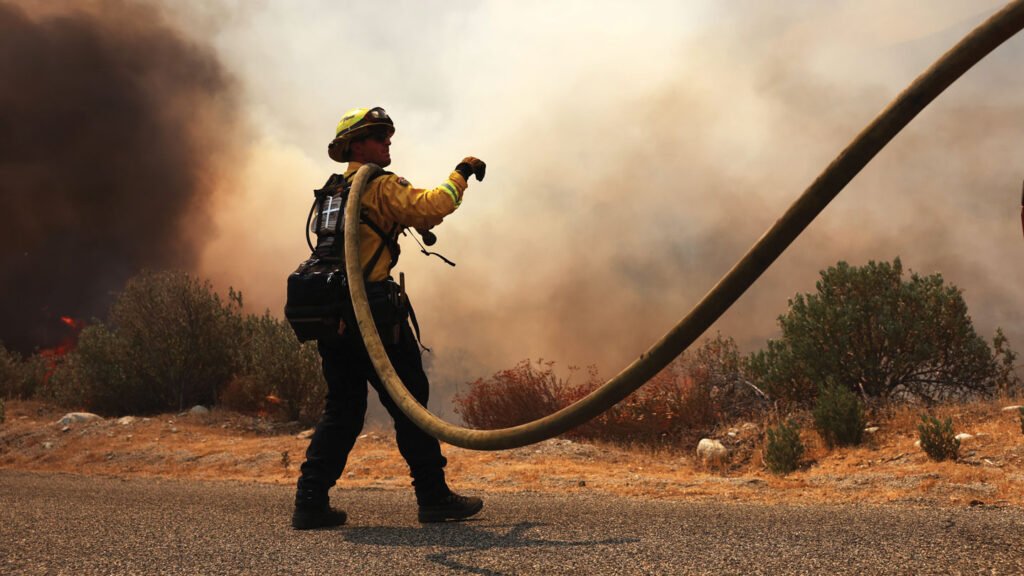The Telegraph Fire in Arizona in June 2021 was a significant event that highlighted the growing threat of wildfires in the Western United States due to factors like climate change and decades of fire mismanagement. The fire grew rapidly and threatened the city of Globe, consuming a vast area but ultimately being stopped by a previously burned area from a 2017 wildfire, showcasing the effectiveness of strategies like controlled burning to mitigate wildfire risks. The use of potential operational delineations (PODs) played a crucial role in managing the Telegraph Fire and preventing it from reaching the city of Globe, demonstrating the importance of implementing new management strategies in wildfire-prone areas.
POD networks have been established across the Western United States to help land managers identify opportunities to use wildfires that ignite under manageable conditions. The goal is to reduce the availability of brush and fuel that can worsen the impact of wildfires under extreme conditions. These networks face challenges in keeping them updated and ensuring they protect the interests of Indigenous peoples who have managed the land for centuries. However, the need for a new strategy to address the increasing threat of wildfires in the West is immense, and using manageable wildfires to clear vegetation may help reduce the risk posed to homes and communities in the region.
Collaborative efforts involving firefighters, conservationists, researchers, and Indigenous tribes are essential in developing and implementing wildfire management strategies like PODs. These approaches aim to use historical knowledge of fire management practices and modern tools to better prepare for and respond to wildfires in the future. By combining traditional burning practices with modern tactics like controlled burning and prescribed fires, communities can work together to reduce the impact of wildfires and protect both natural environments and human settlements.
The conflict between traditional Indigenous fire management practices and modern fire suppression policies is a significant issue that needs to be addressed in developing wildfire management strategies. Indigenous people have practiced controlled burning for thousands of years, leading to ecological benefits and a more diverse landscape. Collaborative efforts like the North Coast Resource Partnership in California aim to incorporate traditional knowledge into modern wildfire management approaches like PODs, recognizing the importance of tribal involvement and cultural sensitivity in preserving the environment and heritage of Indigenous communities.
In regions like the Klamath Mountains, where traditional Indigenous fire practices have been disrupted by historical fire suppression policies, efforts are being made to restore the natural fire regime through controlled burns and prescribed fires. Collaborative initiatives with the involvement of tribal representatives are key to protecting culturally significant resources and ensuring that controlled burns align with tribal values and traditions. By integrating tribal consultations into wildfire management projects and promoting the use of beneficial fire practices, communities can work together to reduce the impact of wildfires and restore the natural landscape.
The implementation of POD networks and other wildfire management strategies represents a new approach to addressing the increasing threat of wildfires in the Western United States. By using tools like potential control lines, suppression difficulty index models, and quantitative wildfire risk assessments, land managers can better plan and respond to wildfires based on ecological, cultural, and logistical factors. Collaborative workshops and ongoing updates are essential to ensuring the effectiveness of PODs and other management strategies in mitigating the impact of wildfires and protecting communities and ecosystems from future fire events.

